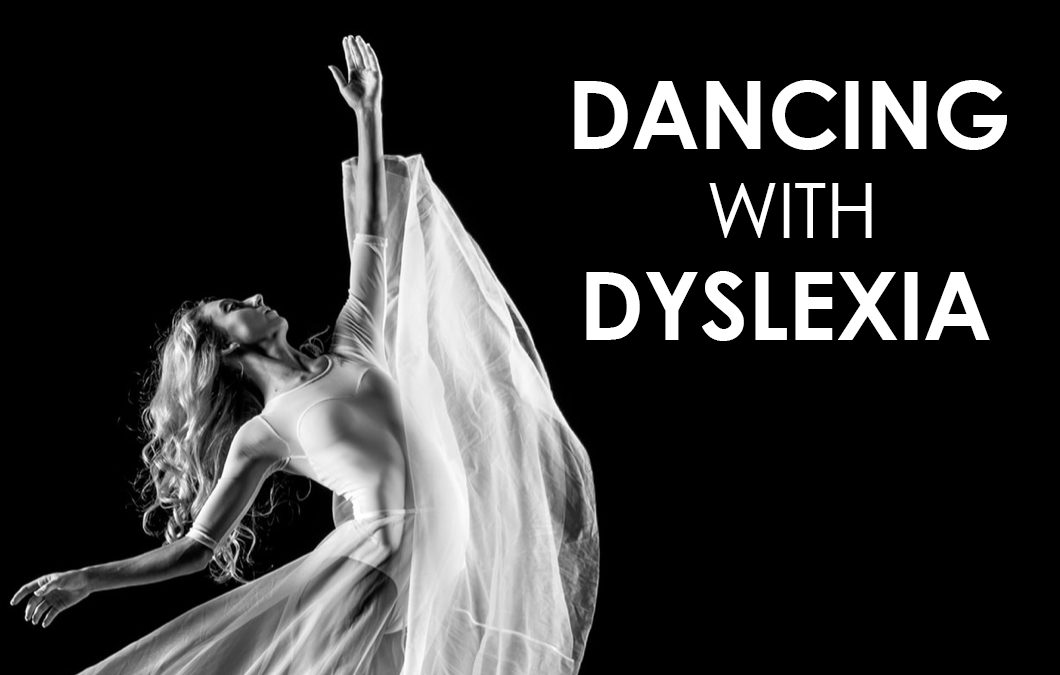“Life is short, so go for things you enjoy…”
– Dame Darcey Bussell
Q: Do you have any helpful strategies for dance?
There can be a number of extra challenges that come with dyslexia when learning dance.
SUGGESTIONS FOR LEARNING STEPS
Some of the issues have to do with the potential for reversals when observing, and confusion about verbal right-left prompts. Here are some tips recommended by fellow dyslexic dancers:
- Ask to video tape classes and film the teacher from behind or in a mirror to avoid the reversal problems.
- Ask your teacher to say “outside leg ” or “inside leg” instead of right or left
- Write down the steps later to make them easier to remember.
- Some teachers recommend teaching the feet steps first, then adding the upper body later.
- Some dancers mark their right and left shoes or wear a watch.
- Use the term “upstage” and “downstage” instead of forward and backward which may help them when they have to reverse the material.
- Create landmarks in the choreography by connecting steps with musical cues.
- Singing a sound or word in time while going through the steps will also help with learning the rhythm and musicality of the movement.
- Some dancers create their own keywords like sounds or funny names associated with a movement. Todd Rosenlieb, chair of dance at the Governor’s School for the Arts said, “If you cross your legs and swirl to the floor, call it a swizzle stick.”
- Some students prefer seeing the entire sequence rather than dividing up a dance into too many little parts.
- Learn your routine with landmarks in the room, like a window or piano.
- Known when you’ve had enough and stop before you get overloaded.
USING IMAGERY
- Eric Franklin has a method of using metaphors (like reaching for an apple).
- Chain images together like reach for an apple, open a curtain, etc.
- Identify transitions – in-between moments and name them (your shoulder blades are melting your back like ice cream on a warm day).
WORK AT HOME
- Some dancers keep a notebook of choreography, draw out routines.
- Teachers should provide dancers with copies of the music if they want to physically or mentally practice steps in their time away from the studio.
- Break down routines into 3-4 at a time and link them together before practicing them at half time to music.
- Try saying the names of figures out loud – even reading from a list…it may make them easier to learn than if you only said them silently.















